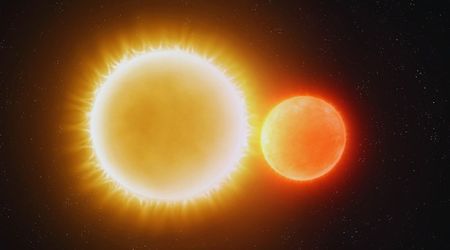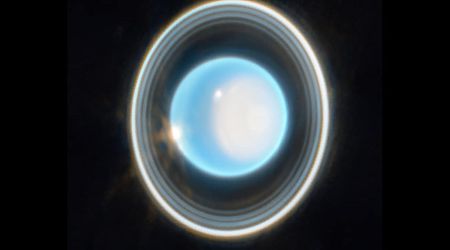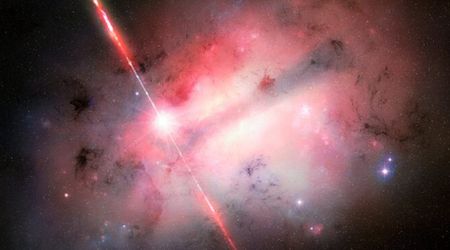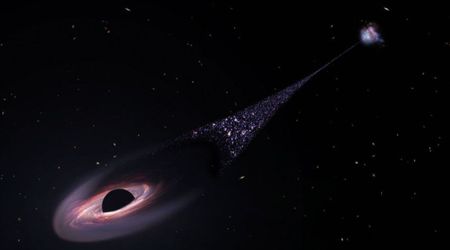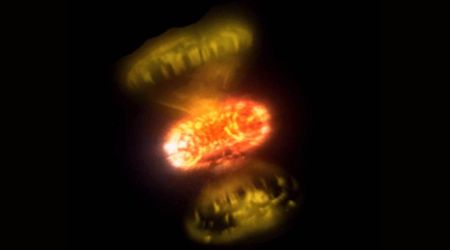Space Force and National Geospatial-Intelligence Agency formalize joint efforts in space-based intelligence

The US Space Force and the National Geospatial-Intelligence Agency (NGA) recently solidified their collaborative efforts by signing a memorandum of agreement (MOA) on May 21. This agreement aims to clearly define their respective roles in providing critical space-based intelligence to the military commanders. General Chance Saltzman, the chief of space operations of the US Space Force, emphasised the depth of their collaboration, stating that the MOA serves as a significant marker of their partnership, reported SpaceNews.

The signing, a joint appearance by Gen. Saltzman and NGA Director Vice Admiral Frank Whitworth at the GEOINT Symposium, underscored the importance both agencies place on streamlining intelligence delivery. Both Saltzman and Whitworth highlighted that the agreement meticulously outlines each agency's responsibilities concerning the acquisition and provision of commercial imagery, remote sensing data, and related products. This clarity is crucial for enhancing support to combatant commands while simultaneously reducing redundancy and duplication of effort. Furthermore, Saltzman said, “We signed a piece of paper that explains the roles and responsibilities of each organisation and how we’ll procedurally make sure that we’re doing this correctly."

This streamlined approach couldn't come at a better time. Military commanders are increasingly clamouring for quicker access to space-based intelligence, especially commercial satellite imagery, which is indispensable in rapidly evolving situations. Historically, agencies like the NGA and the National Reconnaissance Office (NRO) have faced criticism for creating bottlenecks that slowed down intelligence delivery. Whitworth lauded the MOA as setting "a new standard for collaboration." General Saltzman acknowledged that the agreement was " a long time coming,” emphasising its critical role in "lockdown terms of reference and procedures that are so key to making this relationship work.” However, he also cautioned that the document itself is “just a piece of paper” and its true success hinges on continuous, active cooperation moving forward. He underlined that both organizations bring unique strengths to the mission, agreeing "that it is a great step forward" in leveraging these combined capabilities.
Emphasizing the importance of moving beyond organizational boundaries, he added, "Set aside tribalism, organizational orthodoxy, and put a singular focus on mission and the creative solutions that focus inspires." Saltzman continued, “It doesn’t matter if your badge reads Space Force, Air Force, NGA, NRO, or whatever else, all that matters is that you have a job to do, and that job is delivering quality intelligence to the customer. Collaboration across agencies is vital,” reported the publication.
View this post on Instagram
With a history of bureaucratic conflicts over roles and resources within the Department of Defense, the intelligence community, and the Space Force, the newest military branch, established in 2019, is actively working to foster stronger collaboration with intelligence agencies. This agreement, Saltzman implied, is a key component of that effort to build a more cohesive and effective intelligence delivery system. While the Space Force has developed its own intelligence capabilities specifically targeting space-related threats, Saltzman made it clear that its relationships with entities like the NRO and NGA are still “more of a work in progress, and we owe it to ourselves and others to clarify it, because ambiguity benefits no one.”


